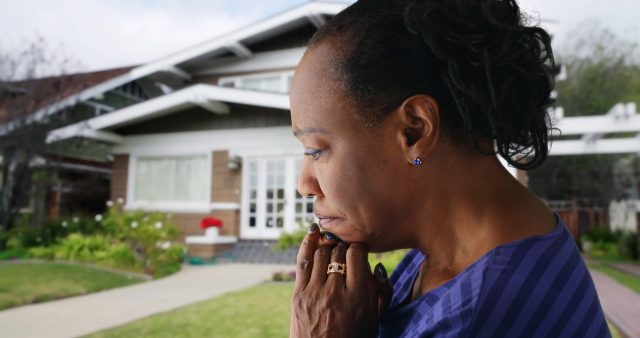
Has the Well-Being of the Elderly Really Improved?
Alicia H. Munnell is a columnist for MarketWatch and senior advisor of the Center for Retirement Research at Boston College.
These are difficult times. Everyone is on edge and would like to find someone to blame for their deteriorated economic circumstances. Therefore, commentators need to be careful when they release studies that pit one group against another. The new Pew Foundation study “The Rising Age Gap in Economic Well Being” does just that. It implies that, over the period 1984-2009, householders 65+ have grown their net worth at the expense of householders under 35. Two important points. First, the difference is primarily explained by housing, rather than student loans or some other factor with immediate policy implications. Second, reporting the assets of the elderly without considering their liabilities gives a misleading impression of their well being.
The headline is that between 1984 and 2009 the median net worth of householders 65+ increased by 42 percent ($170,494/$120,457), while that of householders 35 and under declined by 68 percent ($3,662/$11,521 in 1984 to in 2009). A clearly shocking discrepancy. But take out housing, and both groups show a decline – a 33-percent loss for older households versus a 66-percent loss for the under 35 group. Essentially, older households bought their houses a long time ago – way before the bubble. Younger households purchased their homes as house prices were rising rapidly and suffered major losses when the bubble burst. The result is one of timing rather than systematic policies that favor one group over the other.
The second issue is whether the elderly are really better off in 2009 than they were in 1984. Yes, their assets have increased but their liabilities – their responsibility for replacing their pre-retirement earnings during their retirement years – have as well. That responsibility has become significantly more expensive. First, since 1985, life expectancy at age 65 for men has risen from 15.4 years to 18.6 years – a 21-percent increase. Second, in 1984 many retirees had a defined benefit pension to provide a lifetime guaranteed income. By 2009, the share of older workers with this kind of protection had declined to about 25 percent. Third, out-of-pocket health care expenses have soared. As a result, older households have to pay higher costs for many more years out of their own pocket. It is not at all clear that older people today are in better shape than they were in 1984.
Society today faces enormous challenges. Real wages have barely budged since 1979. The degree of income and wealth inequality is at levels not seen since the 1920s. Unemployment remains about 9 percent two years after the recession officially ended. Housing prices continue to drop. Those are problems that need to be addressed. And the answers are not going to be found by comparing the wealth of the old to the young.







